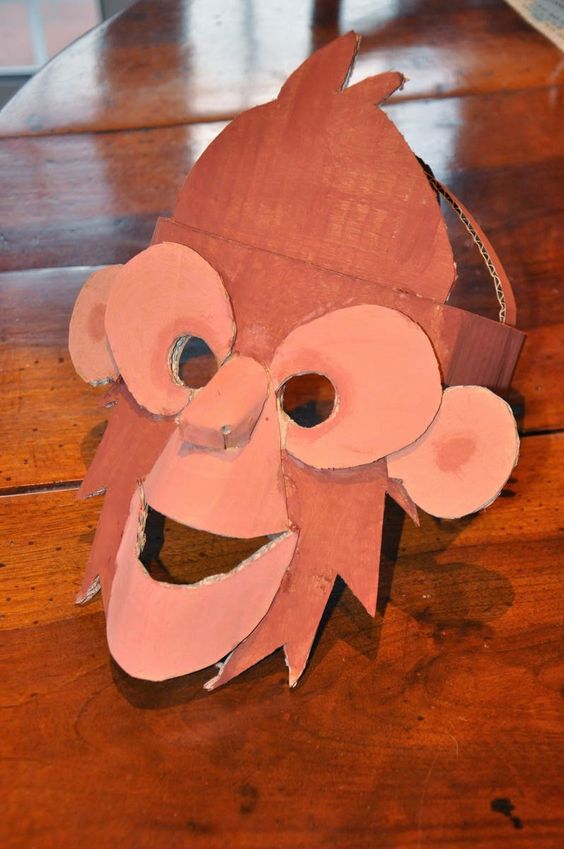Preparation has been ongoing with my colleagues in the Non-Profit ‘Safat haKeshev‘ (Language of Attention) since last March, but truly, I’d hoped that it was a skill that would remain on the back burner. However, there I was, creating WhatsApp groups, google classrooms and and intro clip all leading up to my first Zoom sessions yesterday with more to come this week.
You might wonder what sort of preparation goes into a mindfulness lesson. Well, this teacher of mindfulness is hoping to offer a feng shui experience to pupils overloaded with Zoom-learning.
With welcome bits of digital decoration via bitmojis and tutorials (like EZ Ed tech or Digitally Yours with Adele) on tricks to make zoom life easier, how to use virtual backgrounds, combing through sundry suggestions of apps that might work for mindfulness, and then constant experimentation to discover what suits me, my well-known propensity for creating and then re-doing powerpoint presentations has filled up these busy few weeks.

And then Class Day arrived!
The zoom invitation having been issued, I re-issued it and then witnessed questions like “What?- is it today?” and a few last minute joiners needed to receive private invitations and finally, I anticipated my first Grade 8 mindfulness 2-hour workshop to begin at 8:40 a.m. (a little early for these kids, I thought). Yet of the 9 who had signed up to participate, I welcomed 15. This was to be a continuing trend as I saw with the grade 9 class which followed at 10:20. The original group of 18 magically became 27 names in the Zoom room.
Tech info: The hours of preparation resulted in my being able to use my powerpoint slide presentation either as a background (during which I appeared as a small screen in front of the slide) or via ‘shared screen’. During both scenarios I had a few surprises. My ‘wheel of names’ an app offering a wheel which upon clicking rotates until stopping at a given point, didn’t work as background, but did as I shared my screen.

Note to self: annotation only works in ‘shared screen’ mode (which I guess I could have guessed beforehand).
However, in favour of ‘sharing powerpoint as background’, I loved that presenter in front of the slideshow look. I felt almost pro, as if I knew what I was doing.
Surprises that had nothing to do with me: Kids turned off their cameras which apparently is their go-to way of Zooming. Truthfully, my University daughter had informed me that of course they would zoom that way. My asking for feedback several times indicated that a majority of the participants were, in fact, present!
During the second half of the lesson when I divided them into breakout rooms to discuss their expectations for our mindfulness semester, I saw who was actually present, so that helped me as a teacher.
Good points? I had fun. I was feeling the first day of school excitement, and I was interested to see what worked and what didn’t. Also, I knew beforehand that hearing their expectations would focus us all on how to use this platform to fulfill their needs.
Points for improvement? Deciding if I can adjust to feeling more at ease with those black screens with names (like masks over the masks in a way) or if I need more visual information and if so, how to get it. I have a few ideas involving sending me private whatsapp images of a task which I’ll assign during the lesson.
Thoughts? I wonder how many other mindfulness teachers are working with Junior High students via Zoom. How are they finding things?
This week, I’ll meet the 7th grade students for the first time. I have 3 classes to experience but only of one hour each. Then we’ll slowly move through a semester that will last till the end of January.
Ohm and may we enjoy our time to use Zoom to relax and focus within.














 )
) 












